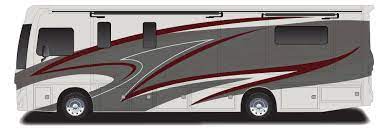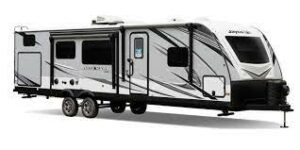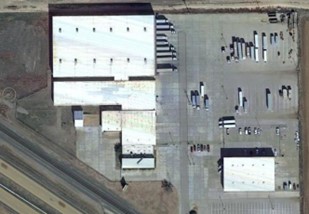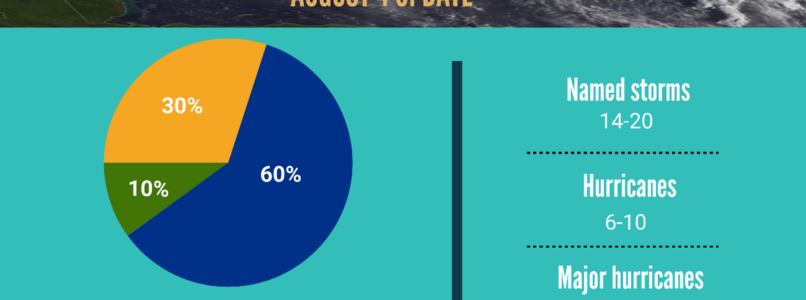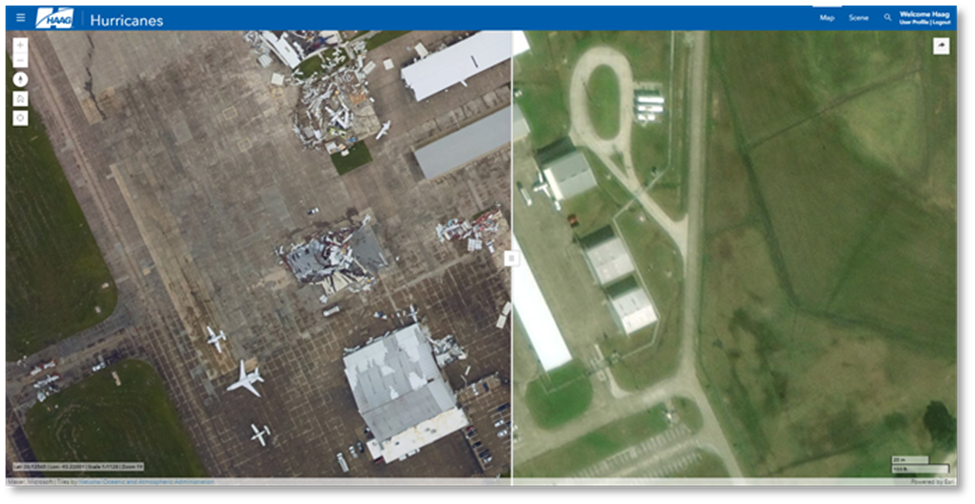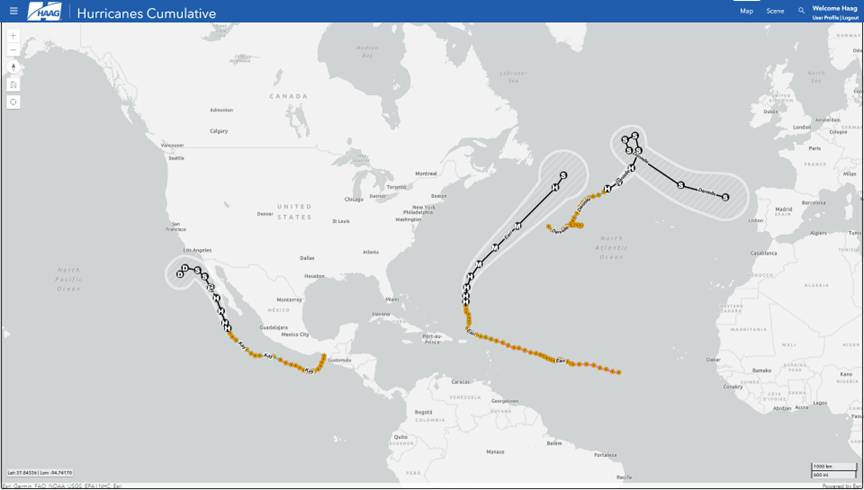
Hydraulic Lines Improperly Routed
A hydraulic fluid leak in the presence of an ignition source can increase the risk of a fire.
NHTSA Campaign Number: 22V655000
Manufacturer REV Recreation Group
Components SUSPENSION
Potential Number of Units Affected 4,395
Summary
REV Recreation Group (REV) is recalling certain 2018-2019 Fleetwood Jamboree, 2020-2023 Fleetwood Southwind, Bounder, Flair, Fortis, Holiday Rambler Admiral, Invicta, Vacationer, 2021-2023 Fleetwood Discovery, Discovery LXE, Holiday Rambler Navigator, Armada, Nautica, 2023 Fleetwood Flex, Holiday Rambler Eclipse, 2021 Fleetwood Pace Arrow LXE, 2018 Holiday Rambler Vesta, 2022-2023 Fleetwood Frontier, 2021-2022 Fleetwood Pace Arrow, Holiday Rambler Endeavor, and 2019 Holiday Rambler Augusta motorhomes. The hydraulic lines may have been improperly routed, secured, or protected, which can result in a hydraulic fluid leak.
Remedy
Dealers will inspect the hydraulic hoses for chafing or heat damage, and install hose protection, or replace them as necessary, free of charge. Owner notification letters are expected to be mailed October 28, 2022. Owners may contact REV customer service at 1-800-509-3417.
Notes
Owners may also contact the National Highway Traffic Safety Administration Vehicle Safety Hotline at 1-888-327-4236 (TTY 1-800-424-9153), or go to www.nhtsa.gov.

